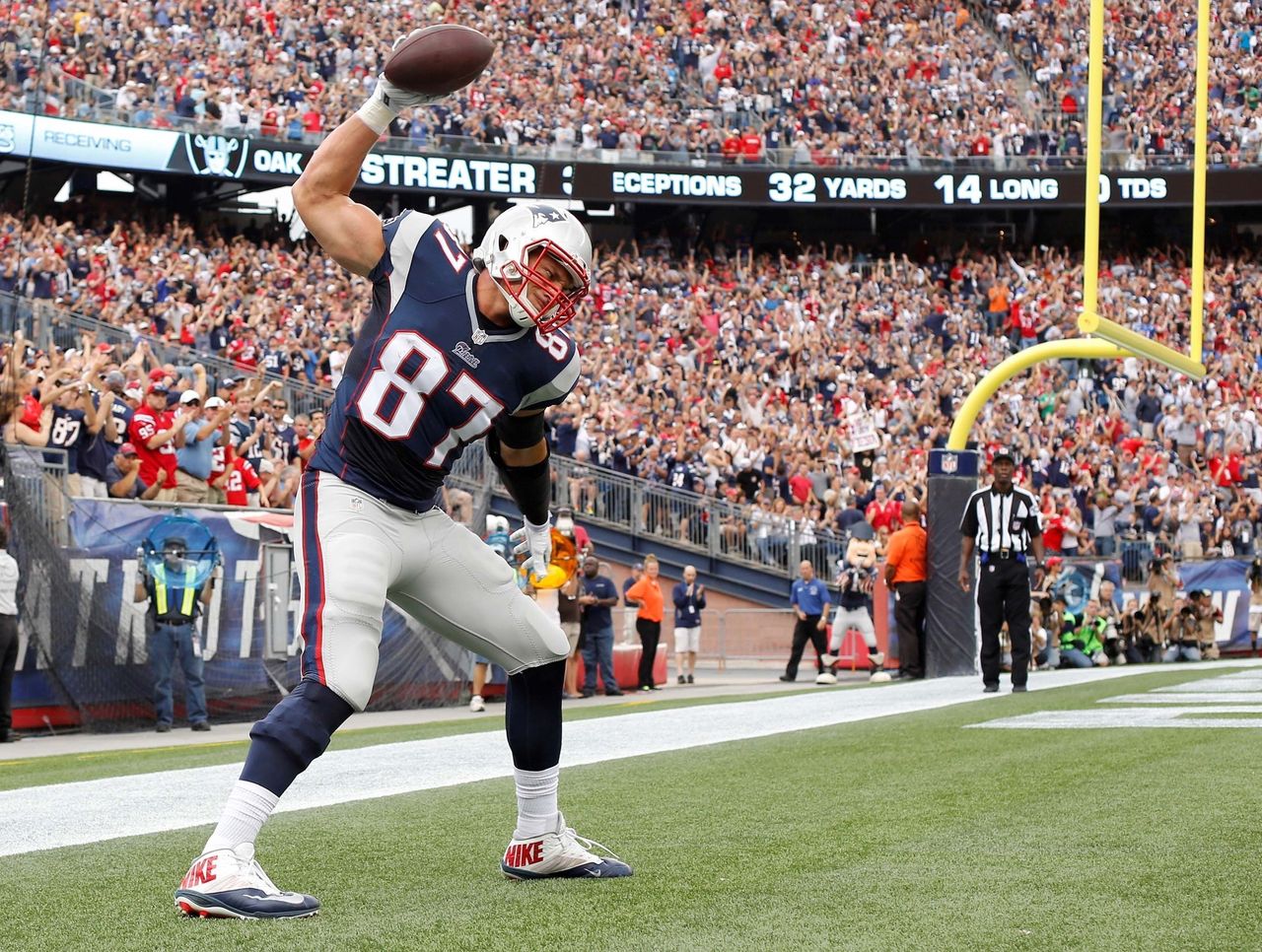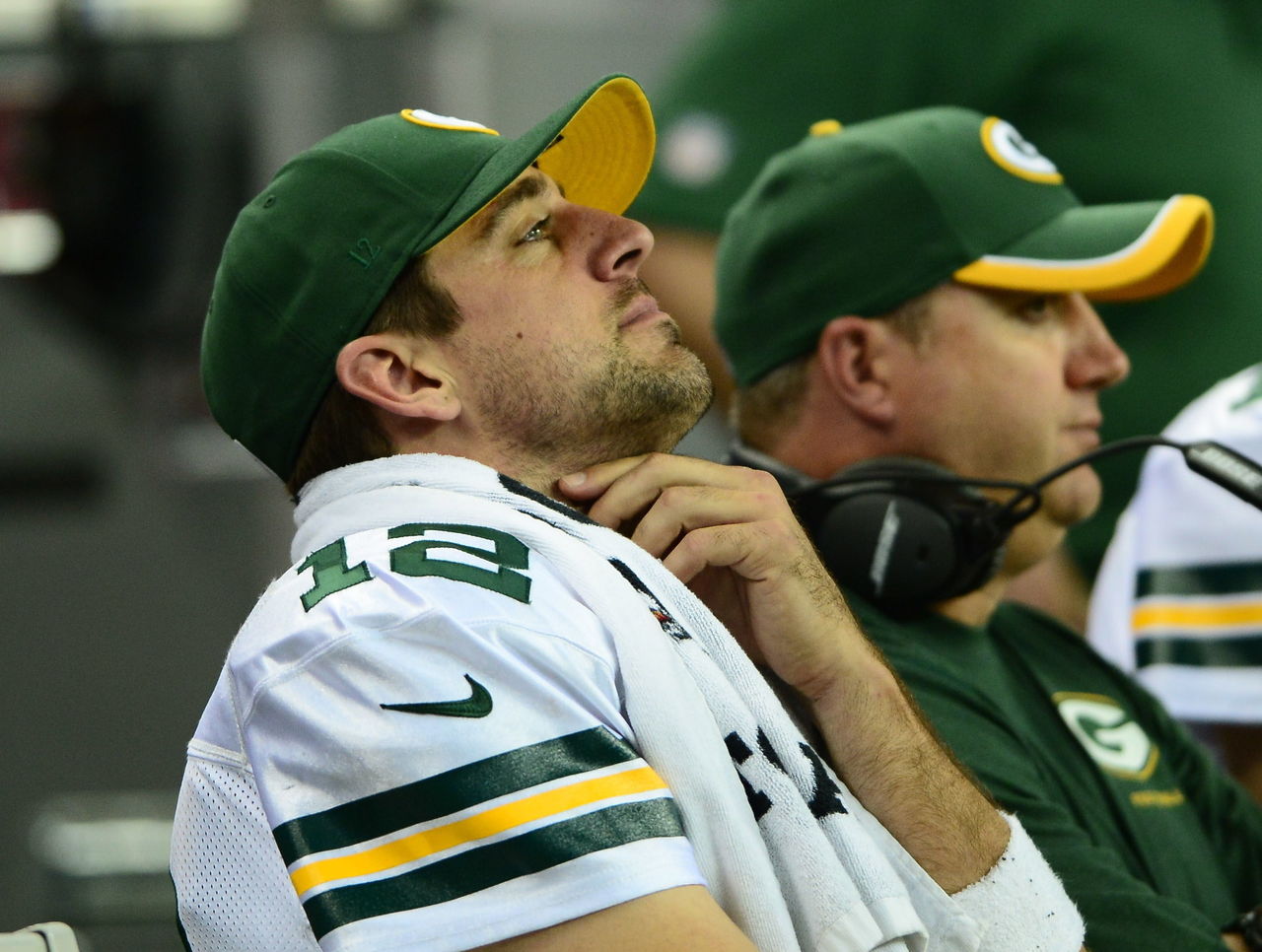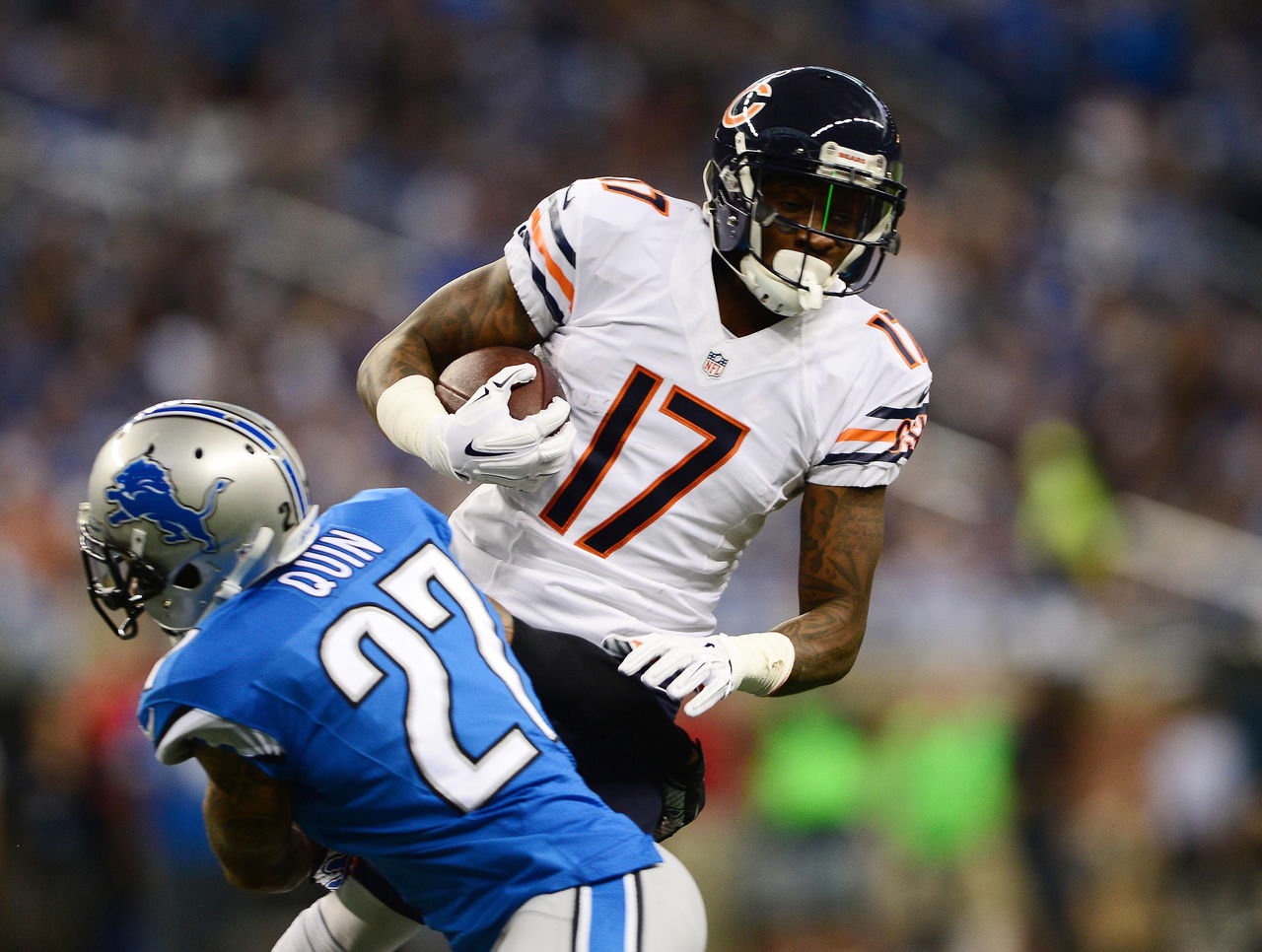Basic NFL DFS Strategy: Using the Vegas Lines
Every week during the NFL season, self-proclaimed sharks enter the perceived feeding frenzy once that week’s Las Vegas betting lines are released - only to end up baffled when their parlay of underdogs falls flat.
Interpreting betting lines can lead to big success in daily fantasy sports. Both the point total and the point spread provide valuable information into what betting experts think will happen, and should steer owners in the right direction when assembling that week’s lineups.
Here’s how these factors come into play in DFS and how they can help owners turn a profit:

The point total: The point totals are the place to start when considering which games and which teams to target for your lineup. Sure, picking the correct wide receiver to find the end zone in a 10-3 game between the Cleveland Browns and New York Jets would be great, but owners are far more likely to hit on the top scorers from a game with more competent offenses.
The size of the total can also tell owners which positions to target from a game. A high point total would involve high-powered offenses, weak defenses and/or ideal weather conditions, and owners should favor the quarterback and receivers from that game, as they’ll be likely to score more frequently.
A game with a lower point total is usually associated with either weak passing attacks, stingy defenses or potentially poor weather conditions. All three of these factors would put an emphasis on the running game, and sheer volume would set the floor relatively high for the RBs involved, while their low probability of scoring a touchdown would keep their ceiling lower.
These running backs are better left for use in GPP tournaments, and the quarterbacks and receivers should be avoided entirely.

Point spread: The point spread can affect DFS lineup construction in several different ways. First and foremost, owners should favor the team Vegas favorites. Football games are won by whichever team scores the most points, and scoring real points means scoring fantasy points.
Secondly, the size of the spread can tell owners which positions deserve the higher portion of their salary cap. Small spreads with a high point total should have owners licking their lips at the quarterbacks and receivers involved in that game.
If the point total and the spread are high, than owners will need to be careful. This would signify an expected blowout, and while players from the favored team are likely to score, the starters may see fewer snaps late in the game.
Teams that win blowout games also tend to have multiple playmakers on offense, all of which would have the potential to score daily fantasy points - resulting in fewer points for the top stars. Backup running backs from these teams become an option in GPP tournaments, as they’ll see a lot of the mop up duty in the second half, but they’re not a very safe play.
The team expected to lose a blowout is equally dangerous, but their one or two offensive stars can be worth a look as they’ll be eligible for some big plays in garbage time.

For example, the Chicago Bears were outscored by 123 points last season, and outscored by at least 20 points on three different occasions. WR Alshon Jeffery still managed at least 12 fantasy points in all three of those games, and his second-best fantasy game of the season came in a 17-point loss to the Detroit Lions.
Jeffery wasn't the only Chicago skill player to benefit in defeat, as running back Matt Forte piled up a total of 62 fantasy points in the Bears’ three biggest losses.
Players involved in either side of an expected blowout need to be avoided if they’re dealing with any sort of nagging injury, or if they had anything more than a probable injury status at any point during the week, as they’ll be the first to be removed from the game once it is out of hand.

Monitor the lines all week long: The Vegas lines can change quite drastically over the course of an entire week, for varying reasons. Public opinion is one of the major causes, but injuries to either team, changes to starting rosters or gameplans, and weather can all contribute to small or large line adjustments. The lines need to be monitored as game time approaches, and owners need to not only note any changes, but understand the reasons for why these changes are being made.